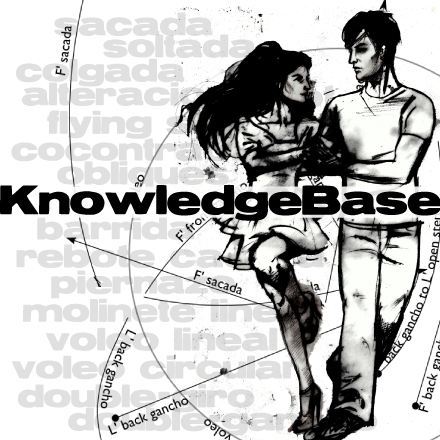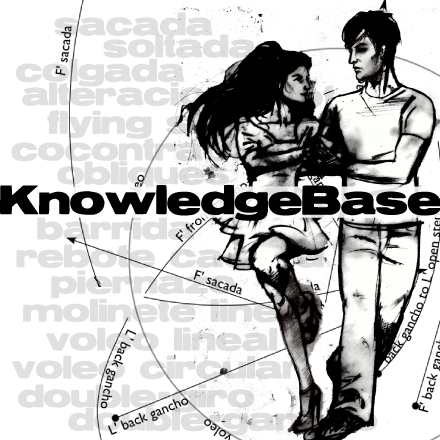Tango movements can be specified in terms of the position and action of joints and the contraction of muscles to stabilize them and create power.
Our muscles flex and extend, support, and rotate our joints. If we understand motion in these terms, it’s easy to send the right instructions to our bodies, and to verify and troubleshoot.
Most joints have the possibility to flex and extend, and many can also rotate (internal rotation and external rotation).
Flexion and extension describe movements that affect the angle between two parts of the body. Flexion describes a bending movement that decreases the angle between a segment and its proximal segment…Extension is the opposite of flexion, describing a straightening movement that increases the angle between body parts. When a joint can move forward and backward, such as the neck and trunk, extension refers to movement in the posterior direction. Wikipedia
While the KnowledgeBase is committed to anatomical accuracy, we don’t want the terminology to be too unwieldy and therefore we use slightly simplified and more common-sense terms.
Knee, elbow, and hip flexion and extension is straightforward, and we use standard anatomical conventions to describe these movements.
Hip flexion should be created by drawing the tailbone back, not by the simply tilting the torso forward, nor by arching the back. This video shows the two incorrect ways to achieve flexion, finishing with the correct way.
We use “wrist extension” to describe the position in which there is no sharp angle between the wrist and the forearm (neither plantar- nor dorsi-flexion).
 We use “ankle extension” for plantar-flexion and “ankle flexion” for dorsi-flexion.
We use “ankle extension” for plantar-flexion and “ankle flexion” for dorsi-flexion.
Shoulders are particular confusing because they have such a huge range of motion, so we use “vertical shoulder-flexion” to describe the angle between the upper arms and the torso and “lateral shoulder-flexion” to describe horizontal movements of the arms across and away from the torso. We use contraction in the triceps to stabilize the shoulder flexion in a position.











